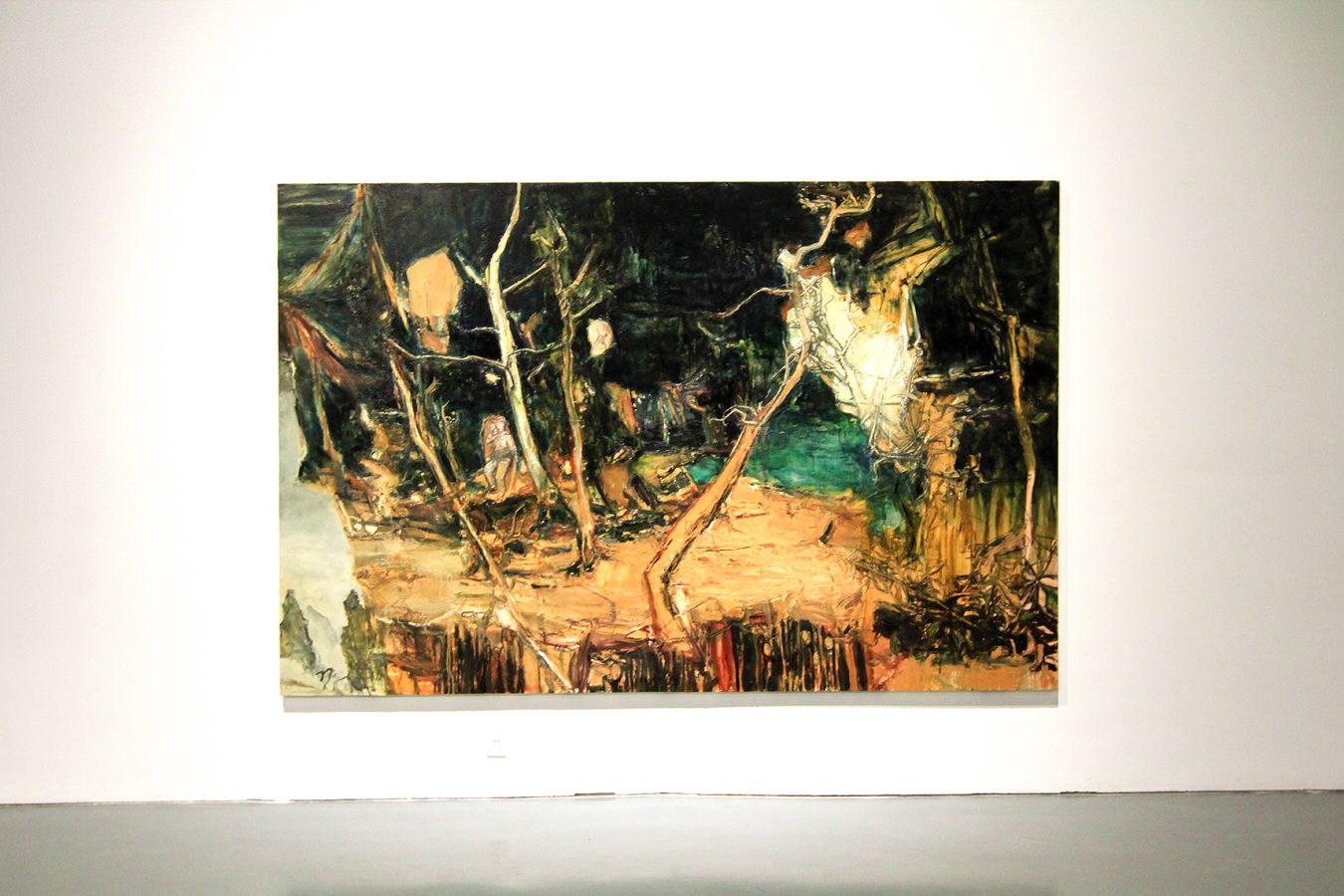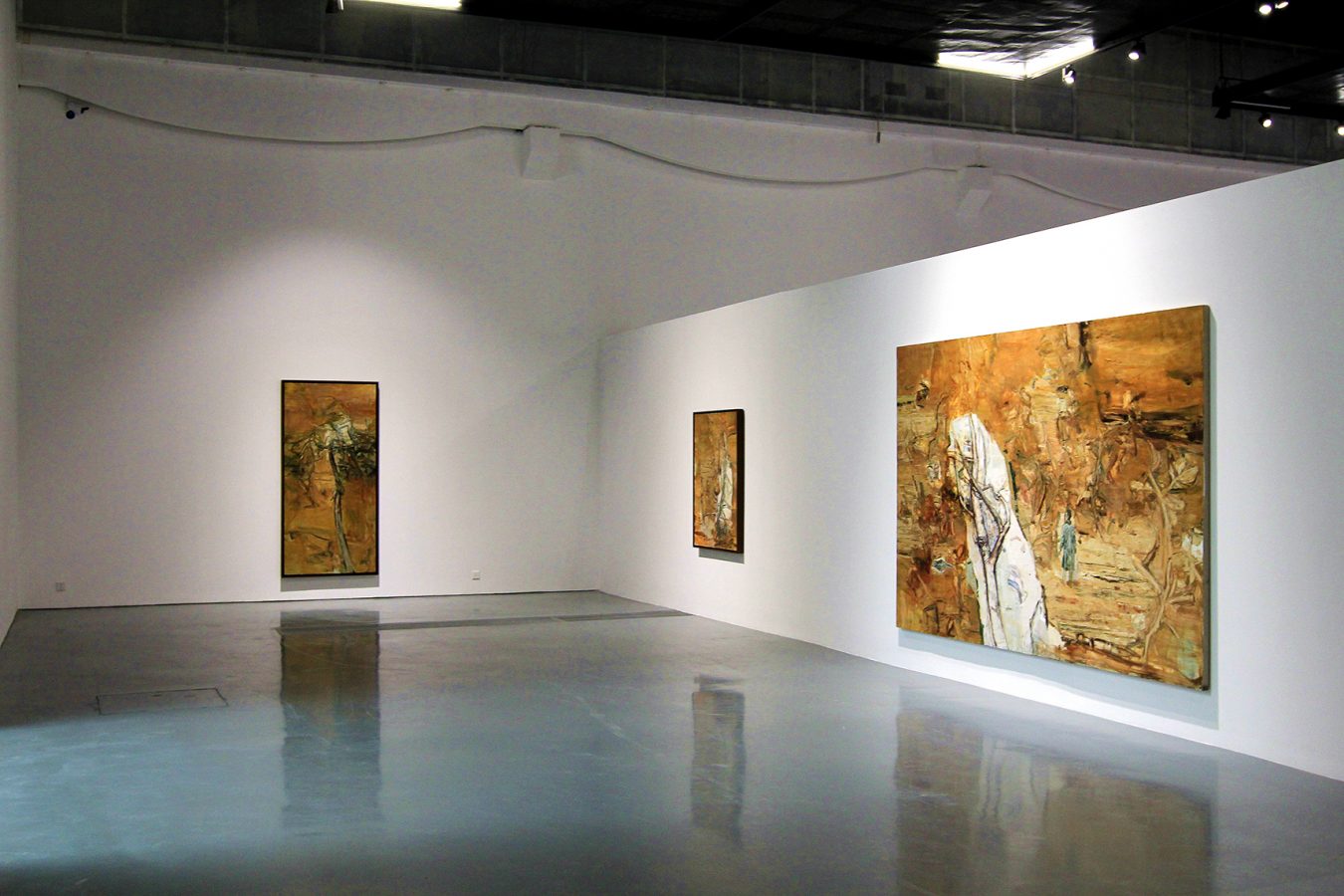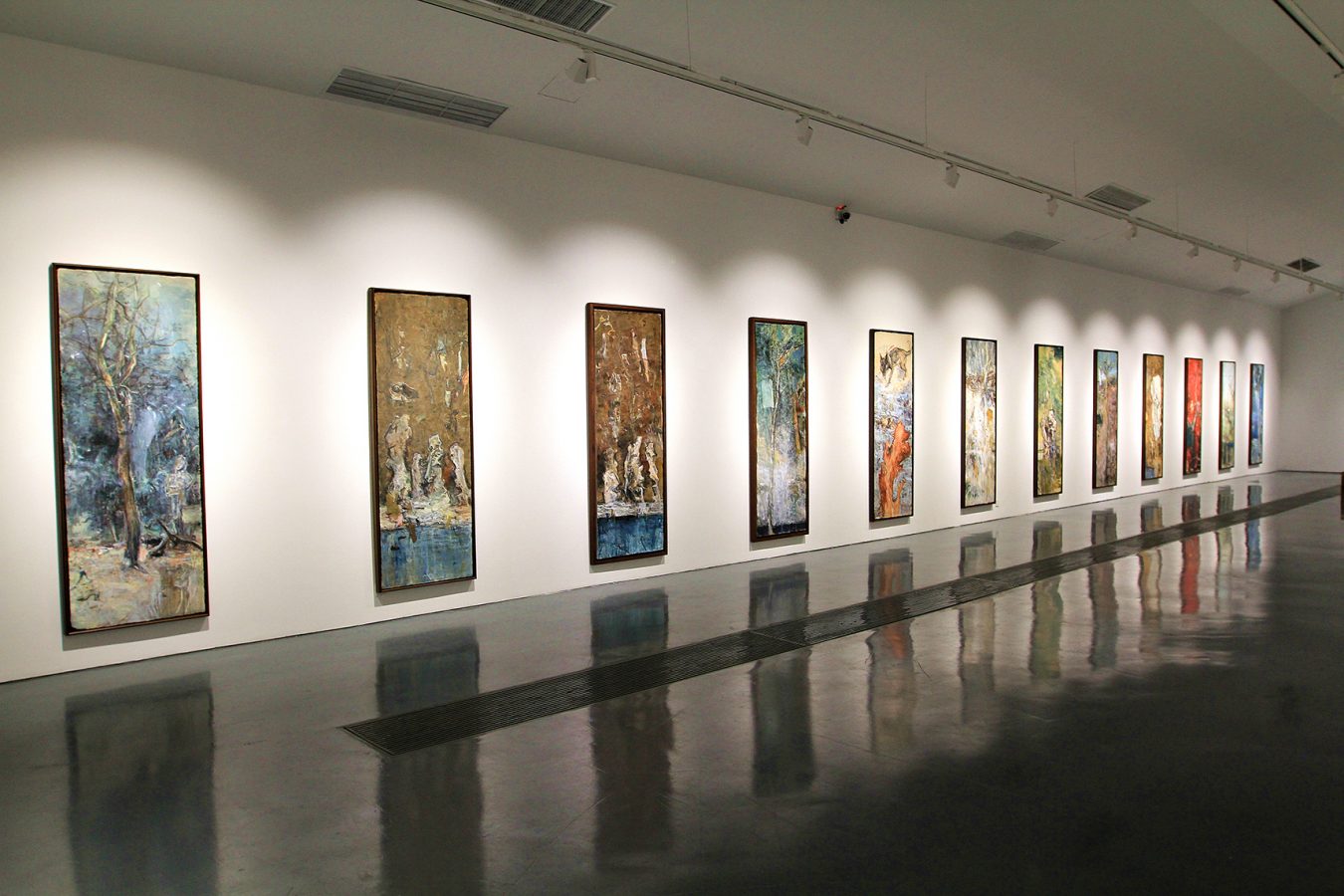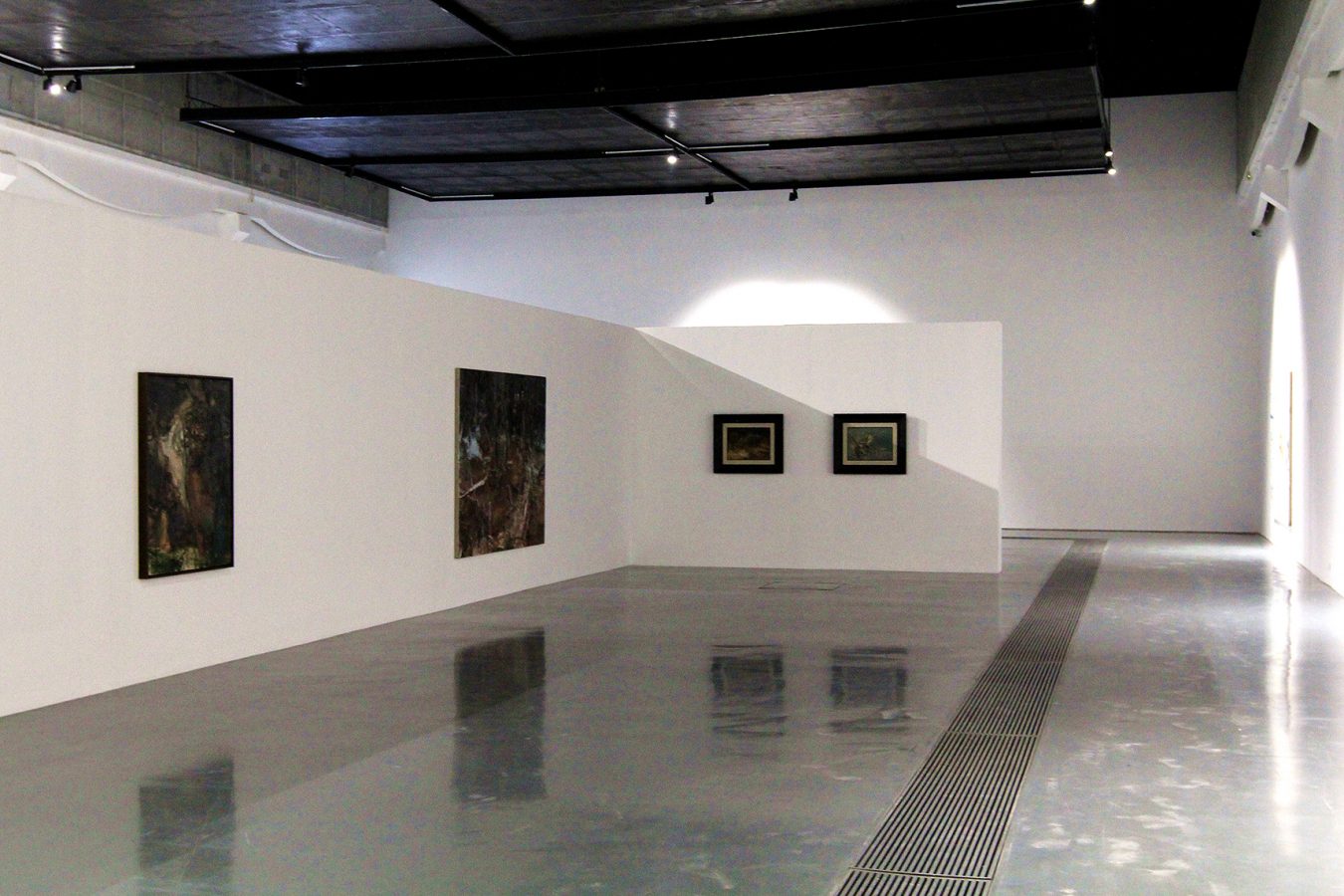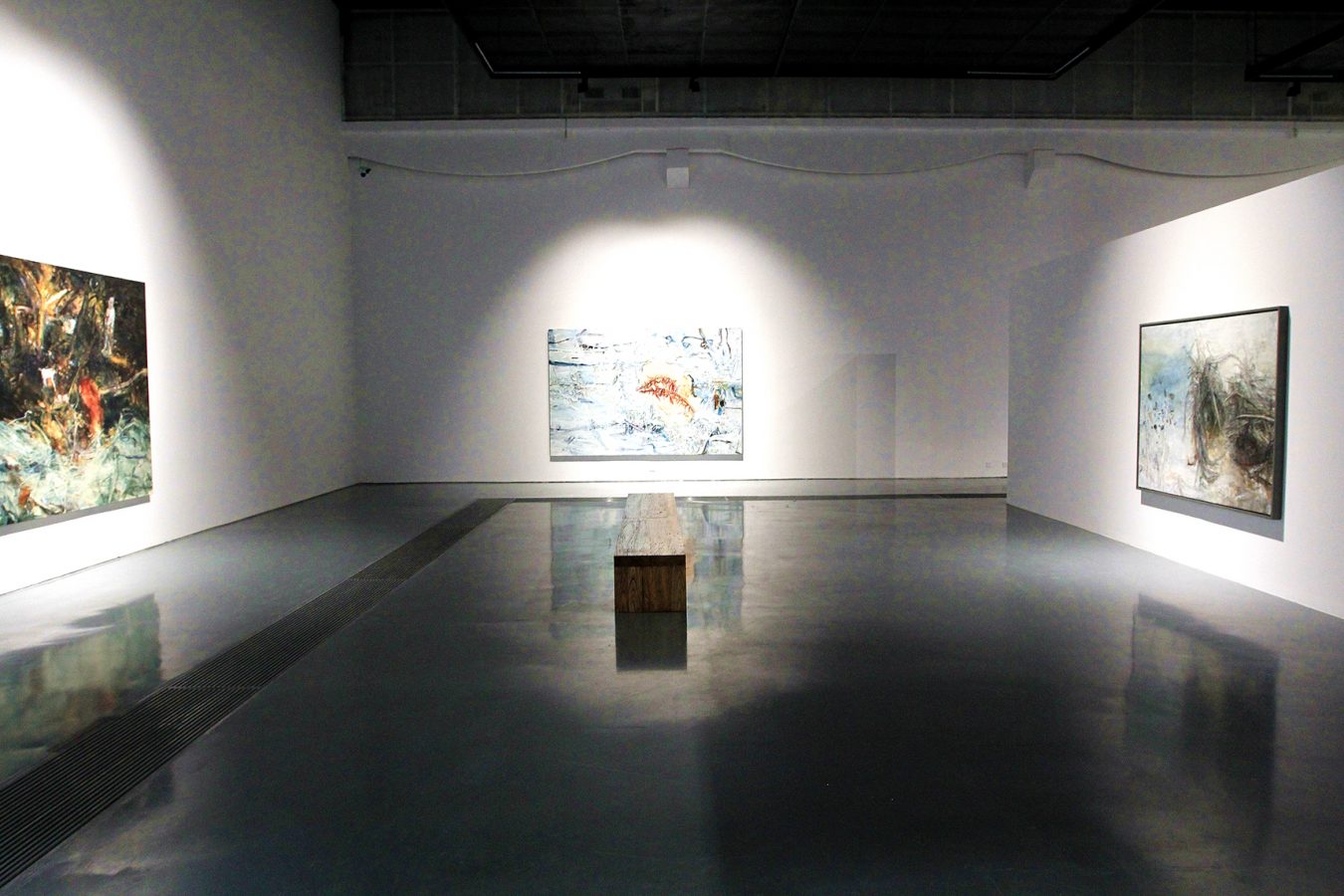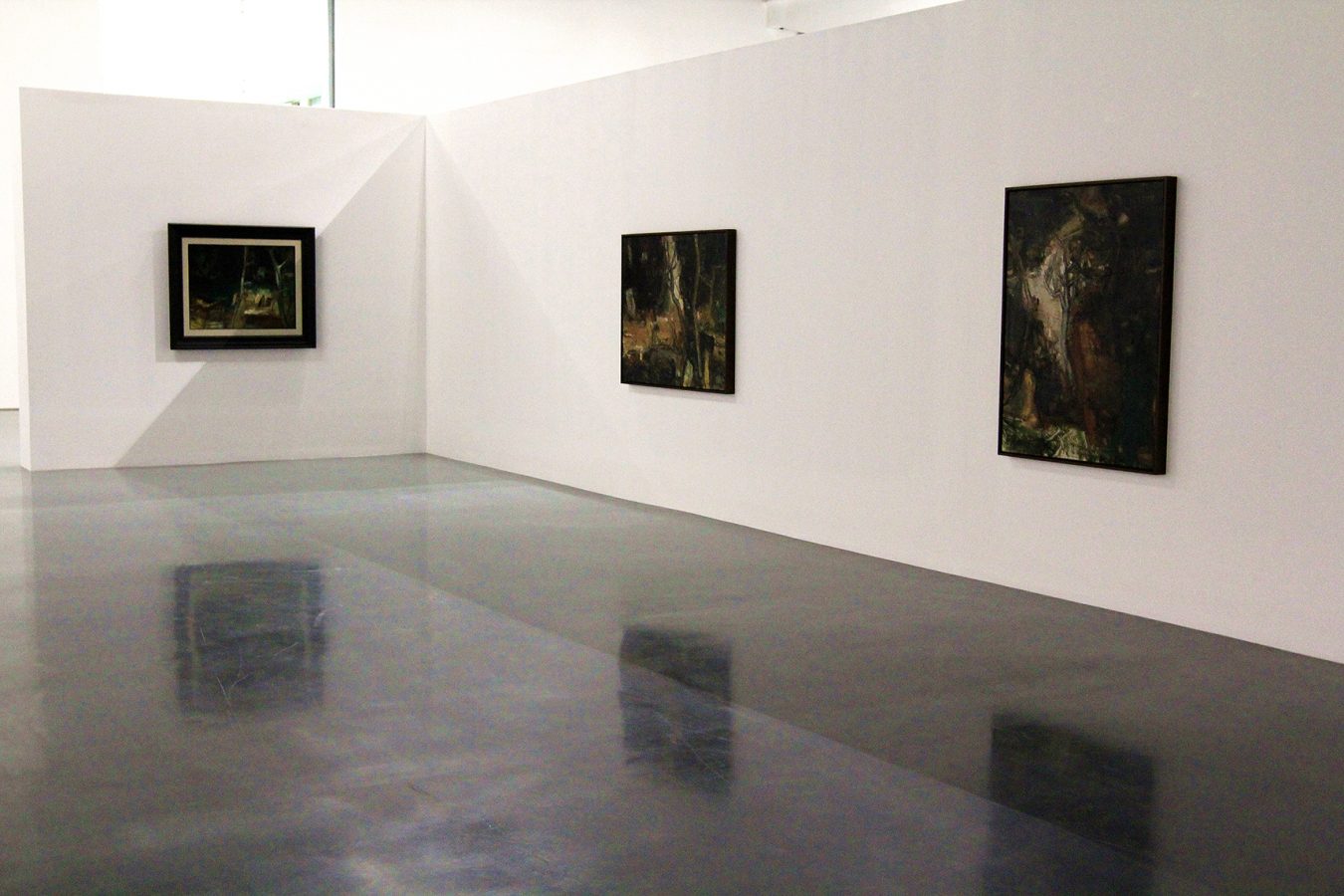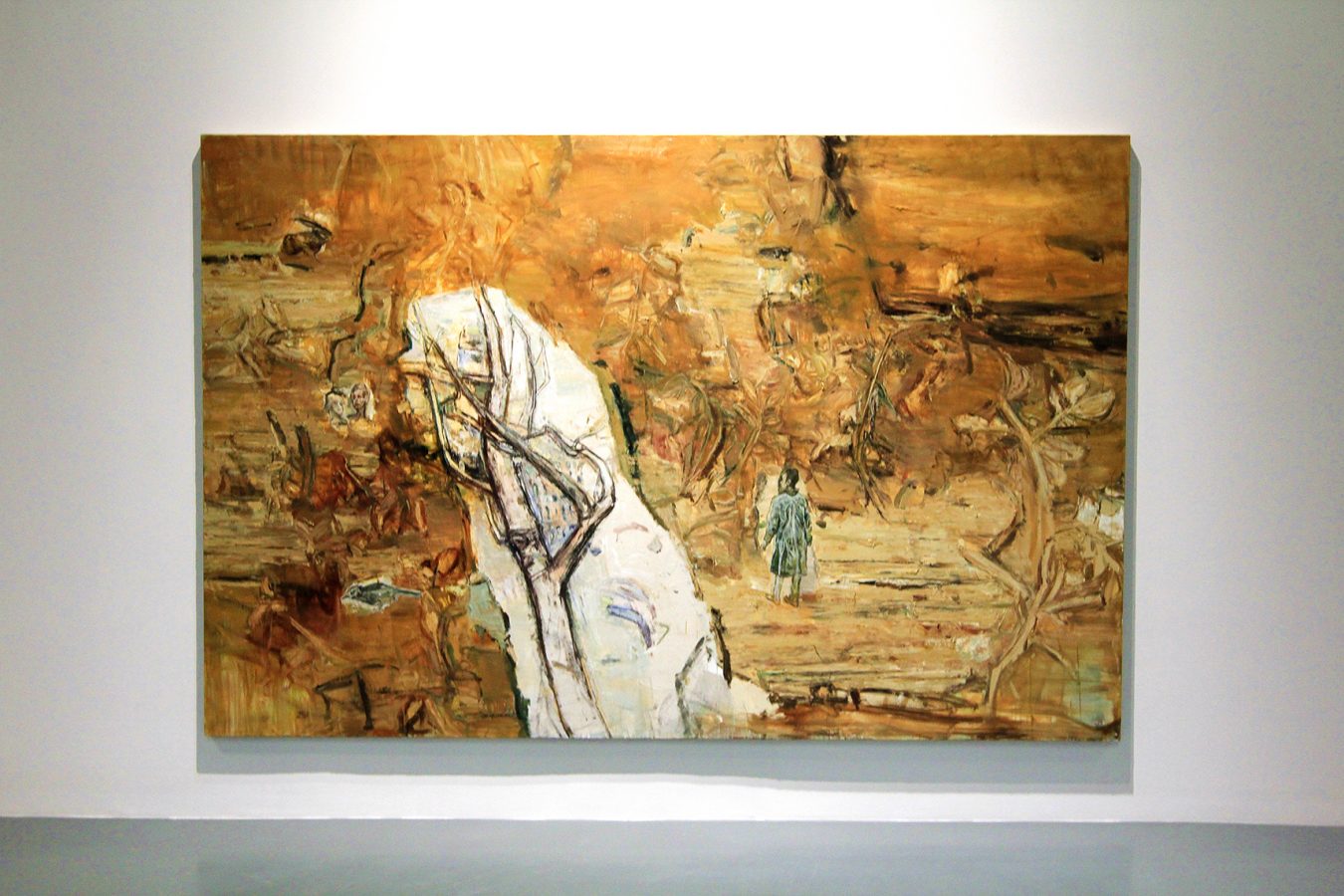As one of the most representative young artists born in the 1970s, Tu Hongtao presents his recent works , consisting of on paper and oil on canvas and of paper of the last two years in “The Road Not Taken:Tu Hongtao Solo Exhibition” since his last solo exhibition “The Desire of Plants” in 2011.
His exhibition will occupy the two large venues of the center. The curator of the exhibition invited Taiwanese scholar and art critic Chia Chi Jason Wang to contribute an essay for this occasion. The exhibition consists of works of oil on canvas and works on paper. These are the
“Xin Yuan Wang Yan” comes from the Eastern Jin poet, Tao Qian’s (365-427) “Drinking Poem”, “the distant heart is self-infatuated” and “words are forgotten before being expounded”. Its English title, “The Road Not Taken”, alludes to the American poet Robert Frost’s poem of the same title (1874-1963). Both of which correspond to Tu Hongtao’s recent creative and intellectual state, in particular, his return to the Chinese literati traditional classical subject, “nature”. “Nature” as a subject matter, in the contemporary realm, is adopted by landscape as a genre. This is indeed “the road not taken” thus far, thus calling on our attention.
Tu Hongtao, profoundly acculturated by Western painting, has become used to mediate between classism, socialist realism and self-representation. His use of brush mark, lines, surface and the use of oil have been devoted primarily in rendering the volume and solidity of the subject. Since 2011, Tu Hongtao seems to have suppressed the dimensionality and spatial depth of the figure in his images, and the linear brushstrokes become more prominent, provide viewers to imagine the dialogue between traditional Chinese line techniques. In short, his rendition of materiality in his works has made way for the expression and emotional revelation of spirituality.
In his most recent works, depictions of social groups are obscured, and the freestanding tree on solemn mountain ranges became his main subject – one of the new representations he transformed from Chinese tradition. The world under Tu Hongtao’s brush does not classify as isolations from the secular world – it may be traveled to, but may not be inhabited. According to the physical position, state, and the landscape where the figures are located through the perspectives of the images, what Tu Hongtao represents in his pieces are not locales of inhabitation, but transient places; paths on the journey or places of temporary rest. Moreover, the natural world through his artistic translation, has also been differentiated. Although they may not be looting or tumultuous, the ruined homeland is enough to urge a sense of underlying change and imminent crisis.
Perhaps it can be described that the nature of Tu Hongtao’s images are not still but in motion. Moreover, they breathe the will of the most original instinct and desire of life, as well as the momentum that awaits eruption. If such images can be considered an alternative iconography, isn’t the restlessness in these seemingly tranquil images by Tu Hongtao projections of landscapes of a certain nation?
Furthermore, “State and scenario of collapse” has been the ongoing topic and meaning that Tu Hongtao continues to capture. From the material physical disintegration, to the scarred landscape scenes, and the budding flowers that have wilted while waiting to blossom, the sense of melancholia has always lingered in his worlds. One may also claim that the flowers, plants, rocks and landscapes in Tu Hongtao’s images do not necessarily portray the death caused by collapse, but premonitions of those who survived.
